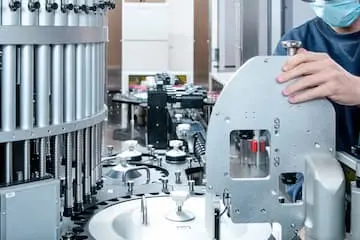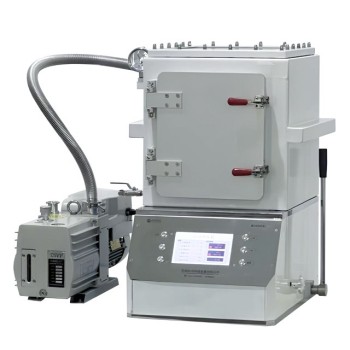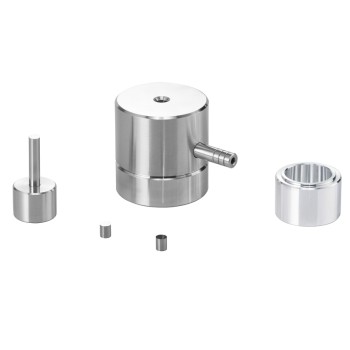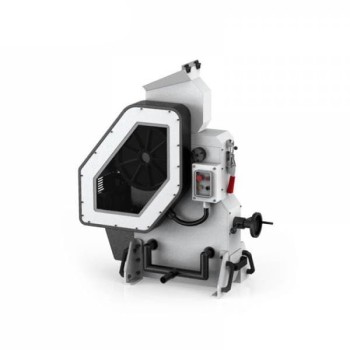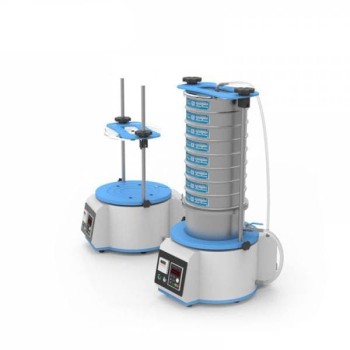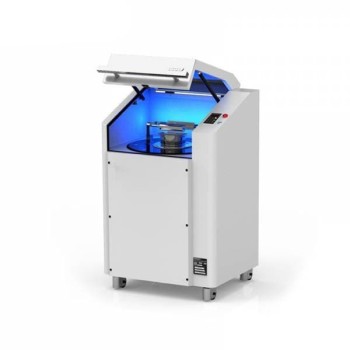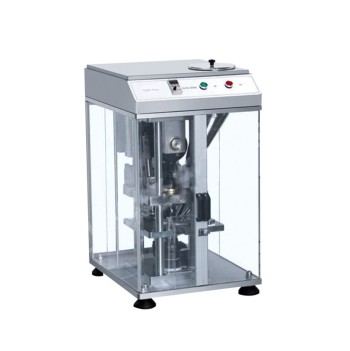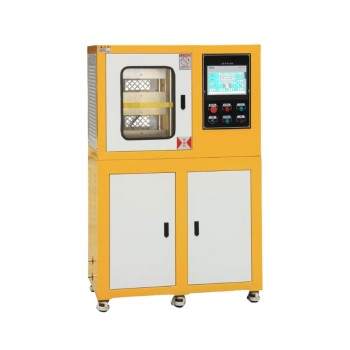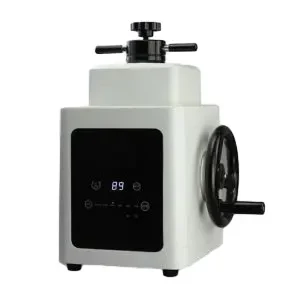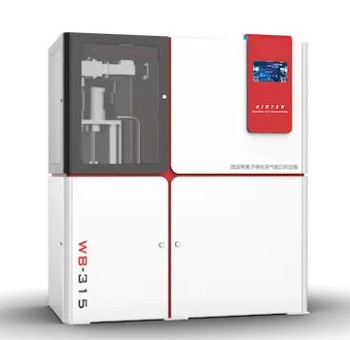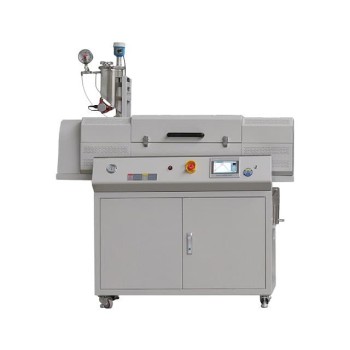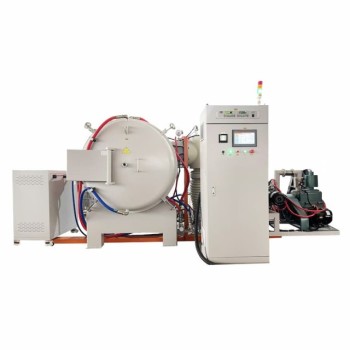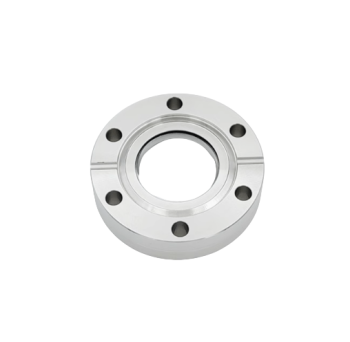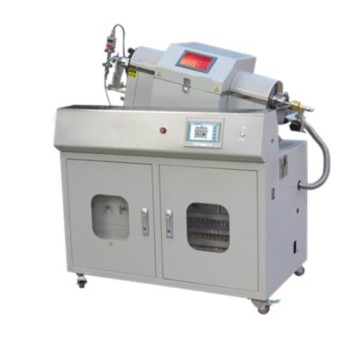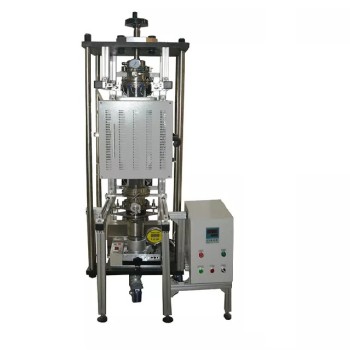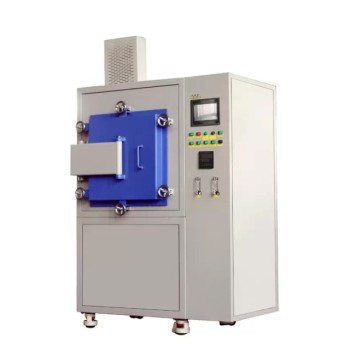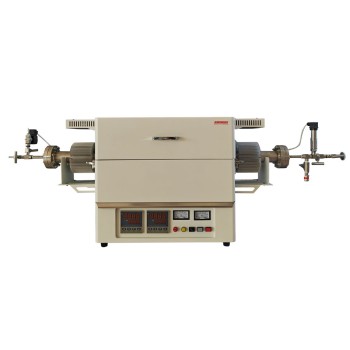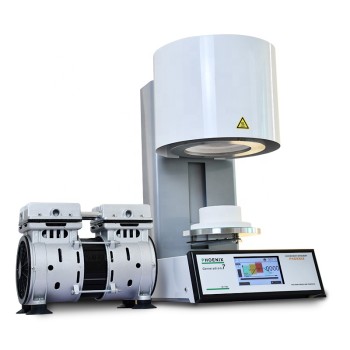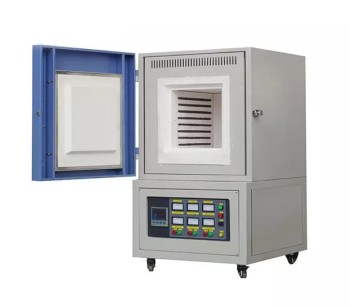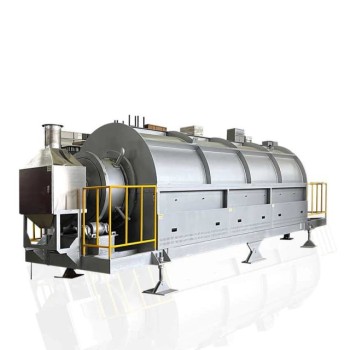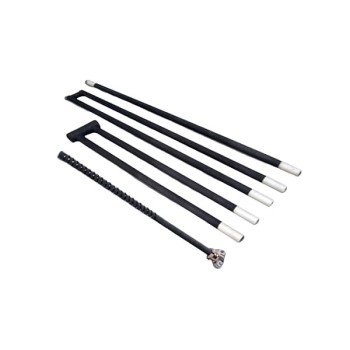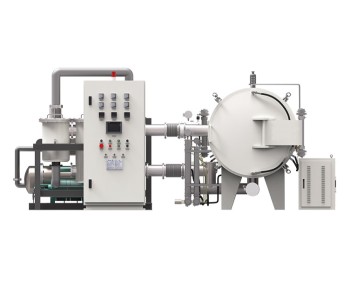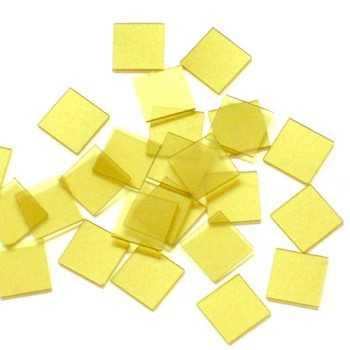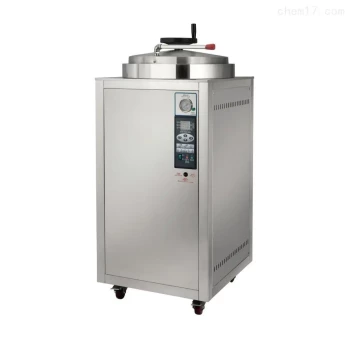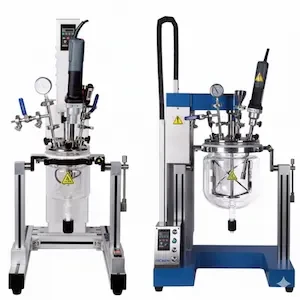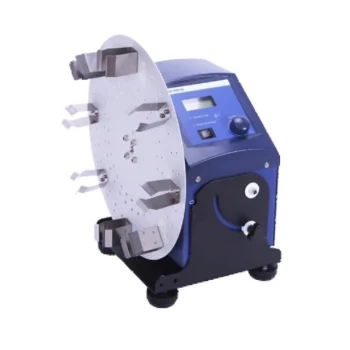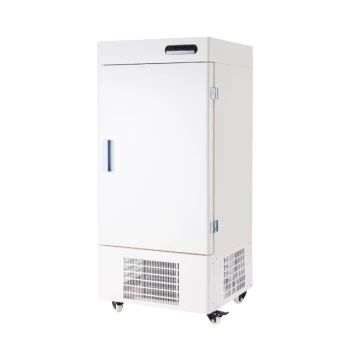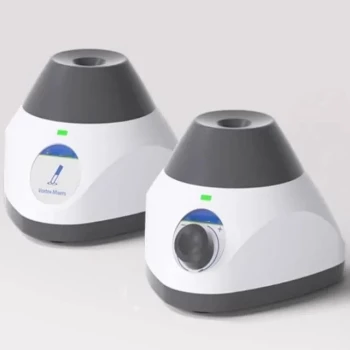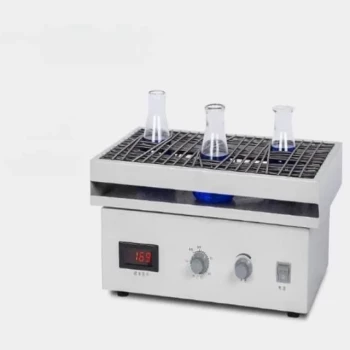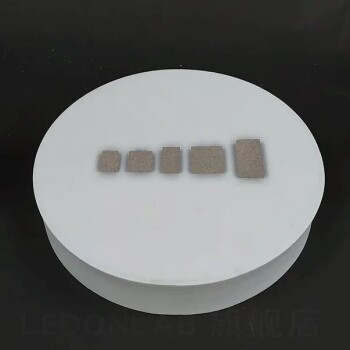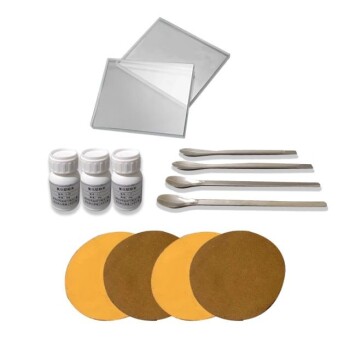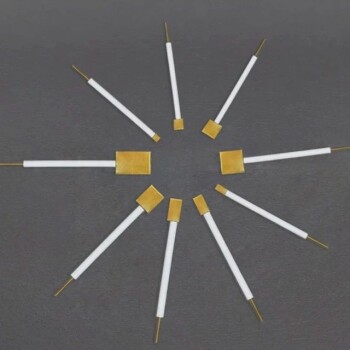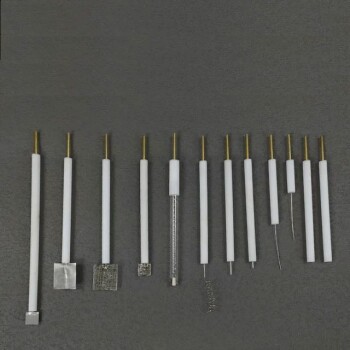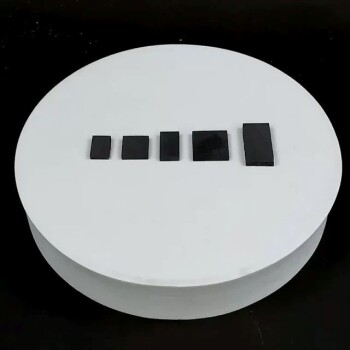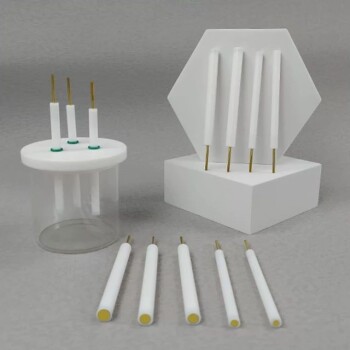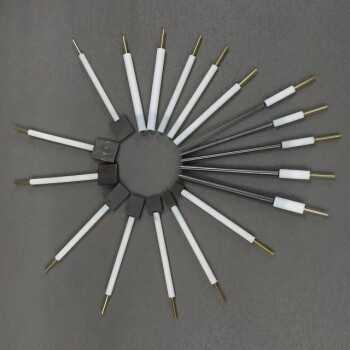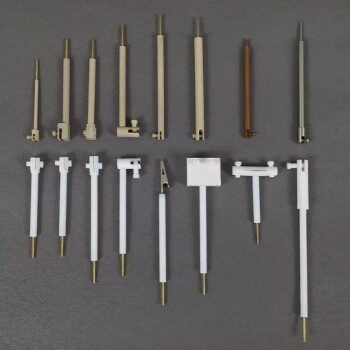Toggle Categories
Get Instant Support
Choose your preferred way to connect with our team
-
Get Free Quote Fill out form for detailed pricing
-
Send Email Detailed inquiry support
-
WhatsApp Quick mobile chat
Response Time
Within 8 hours on working days, 24 hours on holidays
Sample Preparation
KinTek sample preparation equipment includes sample crushing,milling, as while as while sieving equipment, hydraulic press equipment includes manual press, electric press, isostatic press, hot press and press filtering machine.
Thermal Equipment
KinTek supplies a broad range of high-temperature furnaces, including lab, pilot production, and industrial production furnaces, with a temperature range of up to 3000 ℃. One of KinTek's advantages is the ability to create custom-made furnaces tailored to specific functions, such as different heating methods and speeds, extra high and dynamic vacuums, controlled atmospheres and gas circuits, automated mechanical structures, and software and hardware development.
Lab Consumables & Materials
KinTek offers a range of lab consumables and materials, including evaporation materials, targets, metals, electrochemistry parts, as well as powders, pellets, wires, strips, foils, plates, and more.
Bio-Chem Equipment
KinTek bio-chem equipment comprises rotary evaporators, glass and stainless steel reactors, distillation systems, circulating heaters and chillers, as well as vacuum equipment.
Products
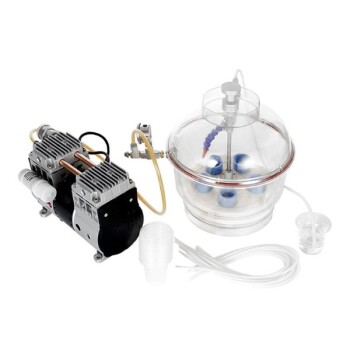
Vacuum Cold Mounting Machine for Sample Preparation
Item Number : KT-CXQ
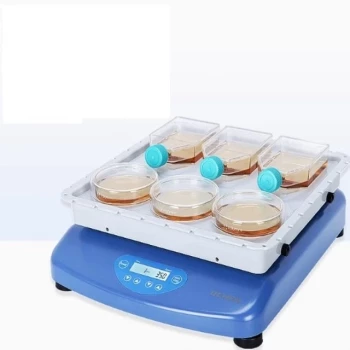
Laboratory Oscillating Orbital Shaker
Item Number : KTL-5
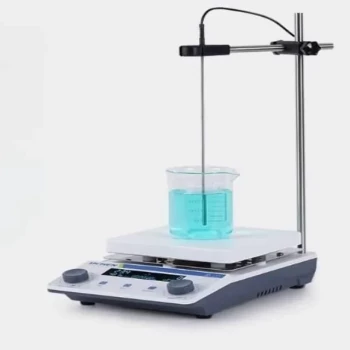
Laboratory Small Constant Temperature Heated Magnetic Stirrer Heater and Stirrer
Item Number : KTL-2
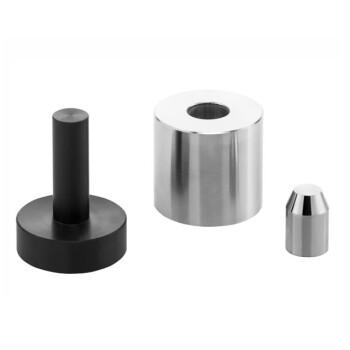
Button Battery Tablet Press Sealing Mold for Lab Use
Item Number : PMN
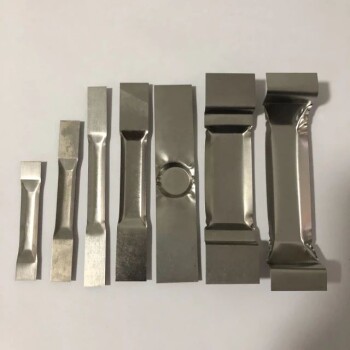
Tungsten Evaporation Boat for Thin Film Deposition
Item Number : LMF-TEB
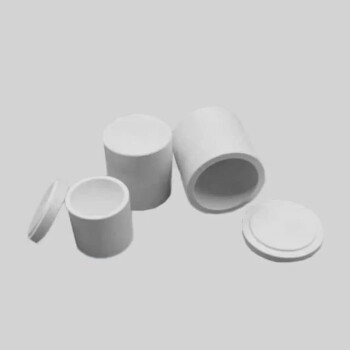
Evaporation Crucible for Organic Matter
Item Number : KME-YJG
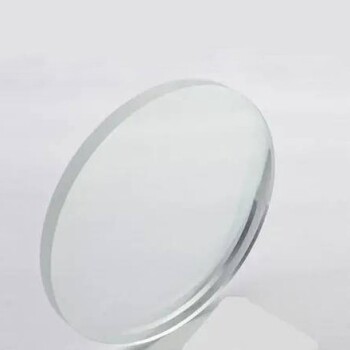
Optical Ultra-Clear Glass Sheet for Laboratory K9 B270 BK7
Item Number : KTOM-OGS
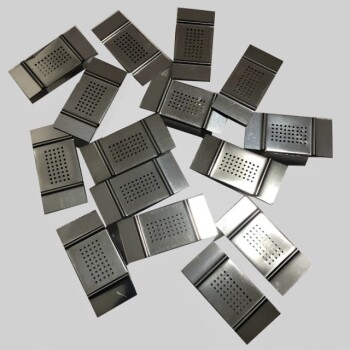
Folding Molybdenum Tantalum Boat With or Without Cover
Item Number : KME-ZDZ
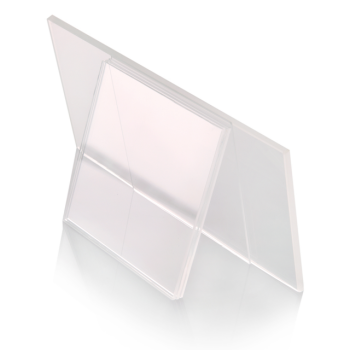
Optical Window Glass Substrate Wafer Quartz Plate JGS1 JGS2 JGS3
Item Number : KTOM-OQP
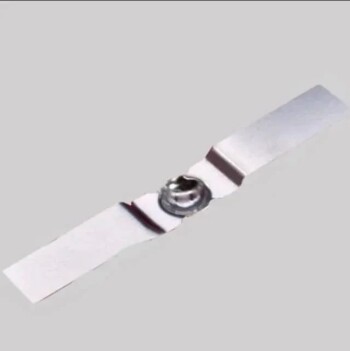
Hemispherical Bottom Tungsten Molybdenum Evaporation Boat
Item Number : KME-YD
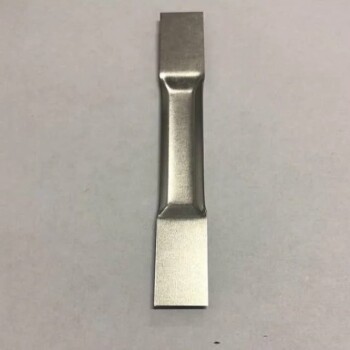
Molybdenum Tungsten Tantalum Evaporation Boat for High Temperature Applications
Item Number : KME01
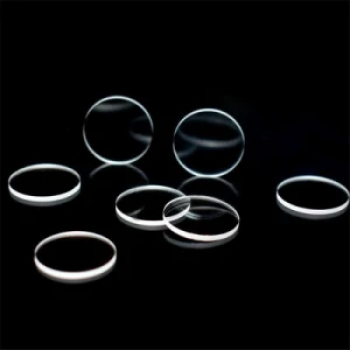
High Temperature Resistant Optical Quartz Glass Sheet
Item Number : KTOM-HTR
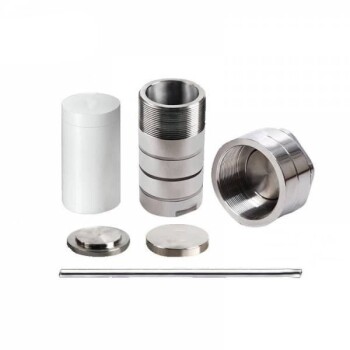
High Pressure Laboratory Autoclave Reactor for Hydrothermal Synthesis
Item Number : KR-3H
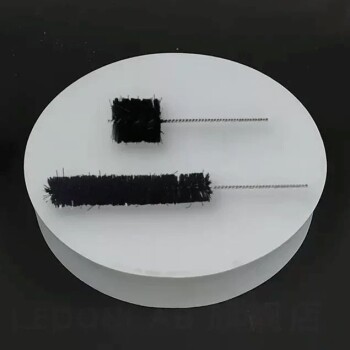
Conductive Carbon Fiber Brush for Static Removal and Cleaning
Item Number : ELBCF
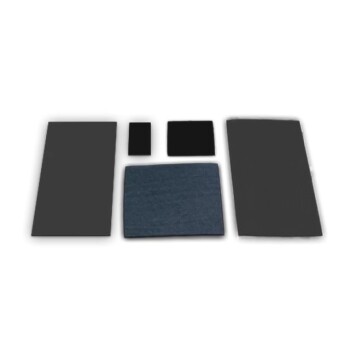
Conductive Carbon Cloth Carbon Paper Carbon Felt for Electrodes and Batteries
Item Number : ELCPF
$19.90
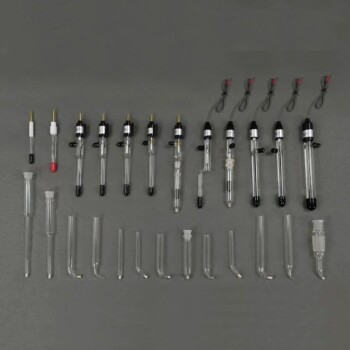
Reference Electrode Calomel Silver Chloride Mercury Sulfate for Laboratory Use
Item Number : ELERA
$19.90

PTFE Electrolytic Cell Electrochemical Cell Corrosion-Resistant Sealed and Non-Sealed
Item Number : ELCP
$29.90
REQUEST A QUOTE
Our professional team will reply to you within one business day. Please feel free to contact us!
Related Articles

Why Your Compacted Parts Fail: The Hidden Flaw Your Sintering Furnace Can't Fix
Struggling with inconsistent powder-pressed parts? The real flaw isn't your furnace. Learn how Cold Isostatic Pressing ensures flawless results.

The Fragile Intersection: Mastering the Side-Window Optical Electrolytic Cell
Spectroelectrochemistry combines chemical, electrical, and optical hazards in a delicate vessel. Here is how to master the safety and precision of this complex system.

The Architecture of Precision: Why the Invisible Details Define Electrochemical Success
Master the art of pre-use inspection for electrolytic cells. From physical integrity to electrode purity, learn why the invisible details dictate experimental safety.

The Invisible Architecture of Precision: Mastery Before the Current Flows
Achieve electrochemical accuracy by mastering the four pillars of preparation: rigorous inspection, cleaning, installation, and electrolyte management.

The Thermal Ceiling: Pushing 2200°C in Vacuum Environments
Discover how specialized vacuum furnaces achieve 2200°C+ through advanced graphite and tungsten elements. A deep dive into thermal engineering and material limits.

The Glass Heart of the Experiment: Precision Through Systematic Care
Routine maintenance of double-layer electrolytic cells isn't just cleaning—it's calibration. Discover the systematic protocol for reproducible electrochemical data.

The Thermodynamic Paradox: Balancing Precision and Safety in Electrolytic Cells
Master temperature control in double-layer water-bath electrolytic cells. Understand material limitations, prevent thermal damage, and ensure data integrity.

The Hidden Reason Your Powder Metallurgy Parts Keep Failing (And It’s Not Your Furnace)
Tired of cracked sintered parts? The problem isn't your furnace. Learn the real root cause—uneven density—and how Cold Isostatic Pressing fixes it.

The Thermodynamics of Consistency: Mastering the Invisible Variable in Electrolysis
Discover why temperature is the silent killer of electrochemical precision. Learn how double-layer electrolytic cells engineer thermal stability for repeatable results.

The Art of the Empty Vessel: Preparing Quartz Electrolytic Cells for Absolute Precision
Reliable electrochemical data isn't just about the reaction; it's about the setup. Discover the systematic approach to preparing quartz cells for perfect fidelity.

The Art of the Finish: Why the Most Critical Moment Happens After the Data is Collected
The experiment isn't over when the data is saved. Learn the psychological and technical art of shutting down and cleaning optical electrolytic cells.

The Thermodynamics of Patience: Preventing Electrolytic Cell Overload
Overloading an electrolytic cell isn't just an error; it's a systemic failure. Learn the physics of safety, the risks of excess energy, and how to maintain control.

The Architecture of Certainty: Mastering Control in Multifunctional Electrolytic Cells
Precision in electrochemistry isn't about guesswork; it's about hardware architecture. Learn how the three-electrode system isolates variables for true control.

The Architecture of Precision: Mastering the Five-Port Water Bath Electrolytic Cell
Mastering the electrolytic cell is not just about chemistry; it is about discipline. Learn the systematic approach to preparation, operation, and maintenance.

The Geometry of Truth: Why the Maintenance of Your Optical Electrolytic Cell Defines Your Data
Great data isn't just about the experiment; it's about the vessel. Learn the rigorous maintenance protocols for side-window optical electrolytic cells.

The Hidden Life of Lab Equipment: Preserving the Integrity of the Electrolytic Cell
Proper storage is an active defense against entropy. Learn the protocols for maintaining electrolytic cells to ensure data fidelity and equipment longevity.

The Quiet Discipline: Mastering the Post-Use Protocol for Five-Port Electrolytic Cells
Learn the methodical post-use care for five-port water bath electrolytic cells. Prevent corrosion, ensure safety, and protect your experimental data.

The Silent Interface: Mastery Over Electrode Decay
Electrode failure is rarely sudden; it is the compound interest of neglect. Learn the disciplined maintenance protocols that preserve accuracy and longevity.

The Architecture of Reaction: Selecting the Right Electrolytic Cell Body
Discover how cell volume and sealing impact electrochemical data. Learn to balance scarcity, scale, and sensitivity with the right lab equipment choices.

The Architecture of Control: Mastering the Super-Sealed Electrolytic Cell
Precision in electrochemistry isn't just about theory; it's about mechanical discipline. Learn the critical protocols for super-sealed electrolytic cells.
